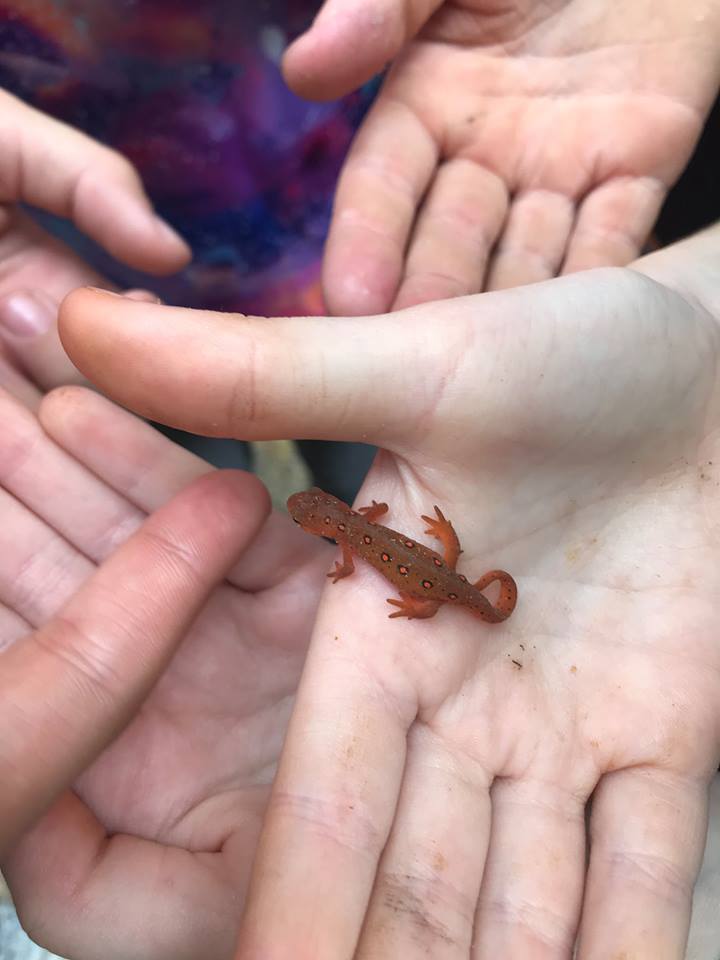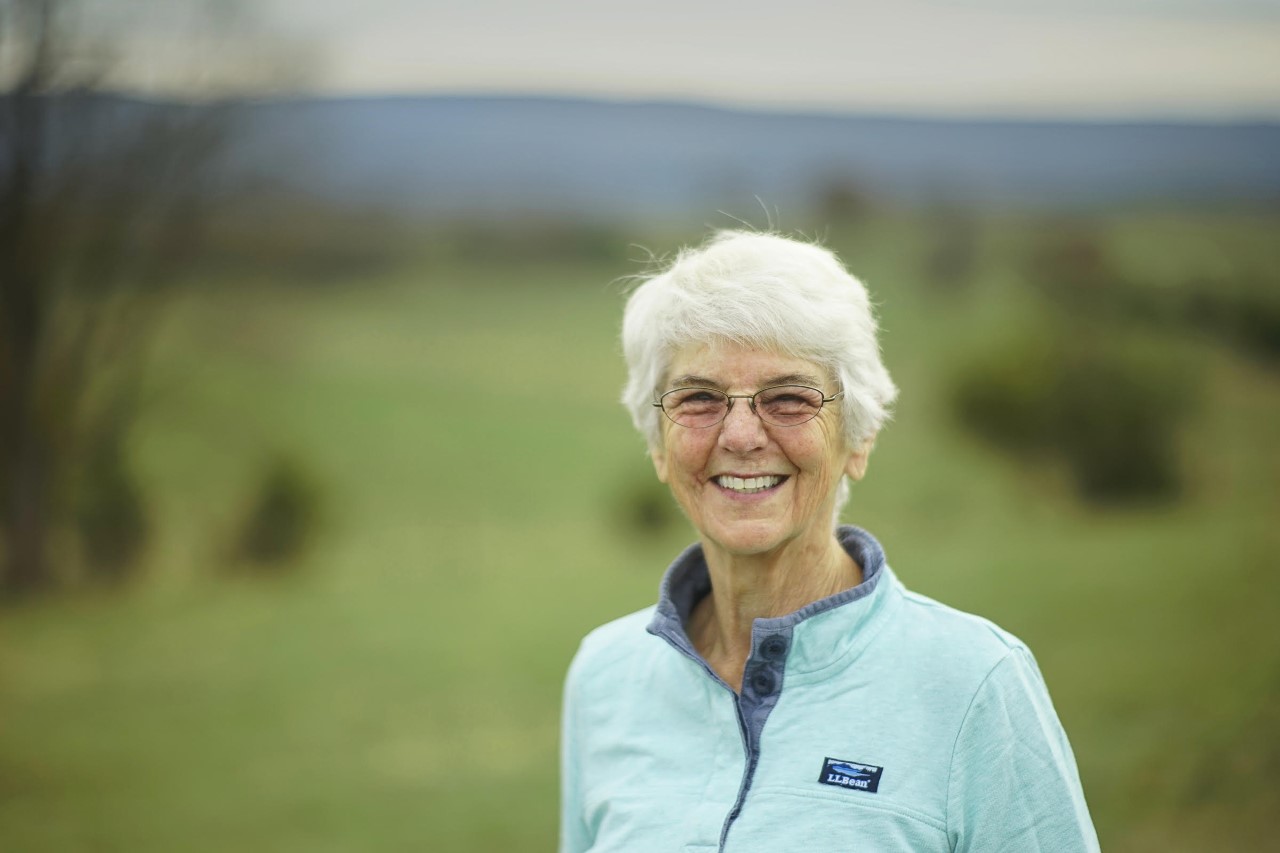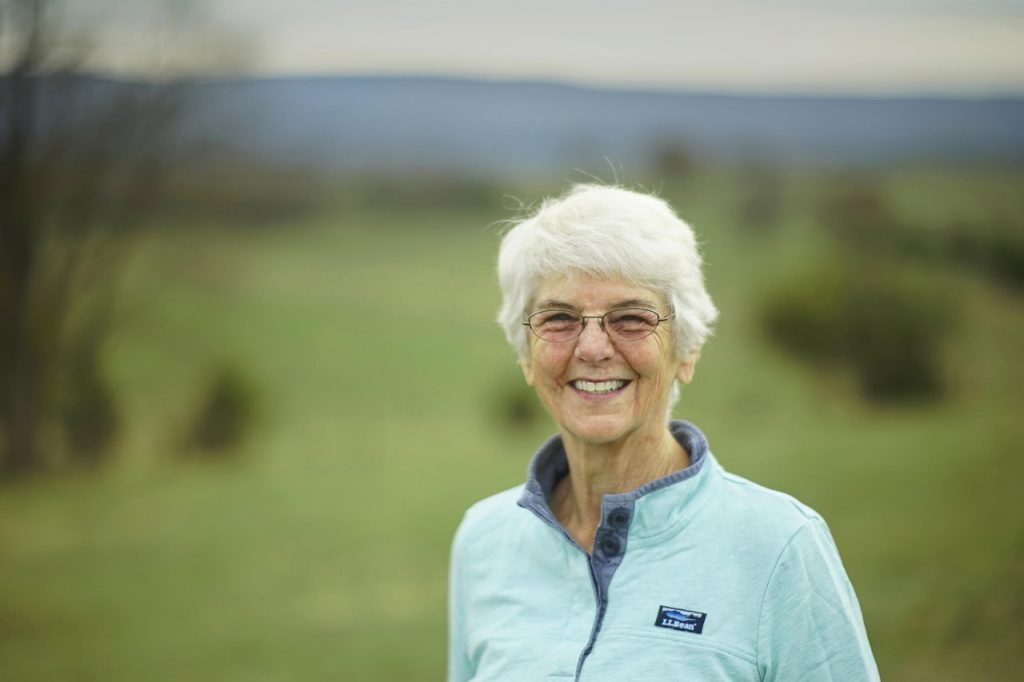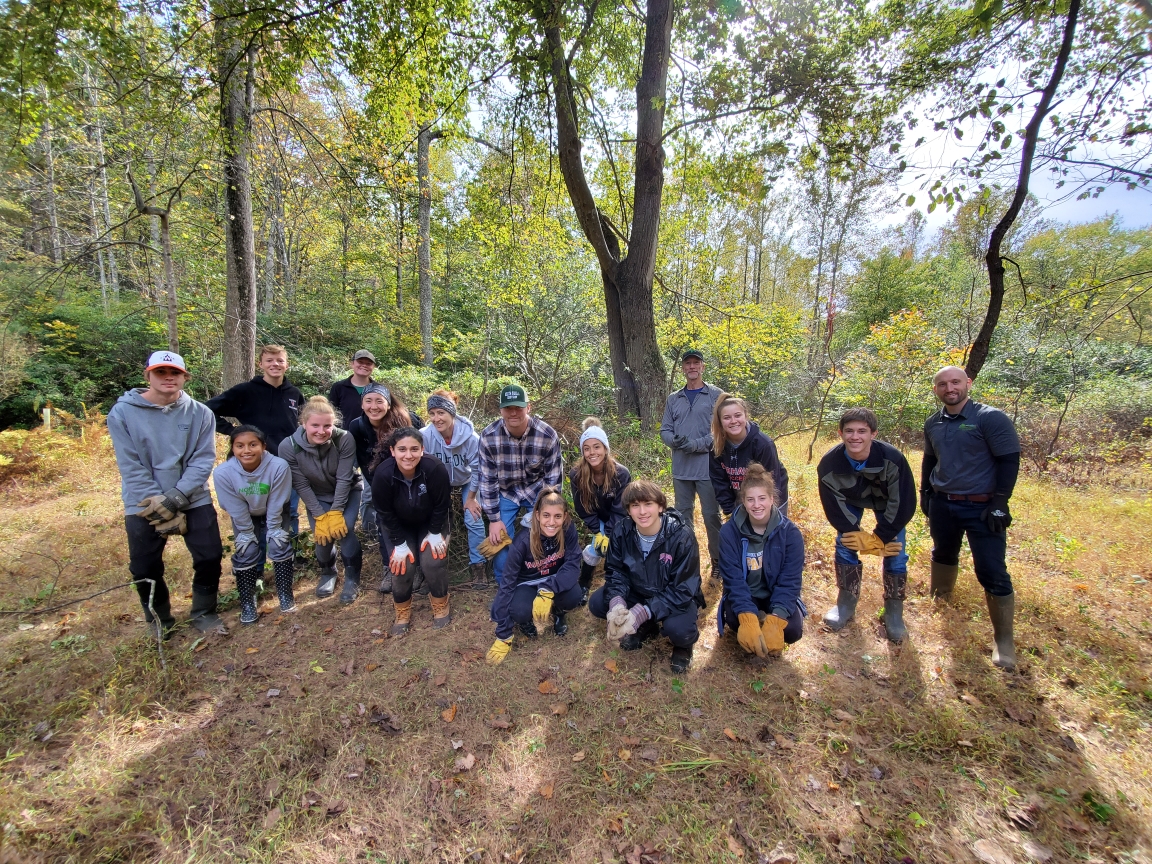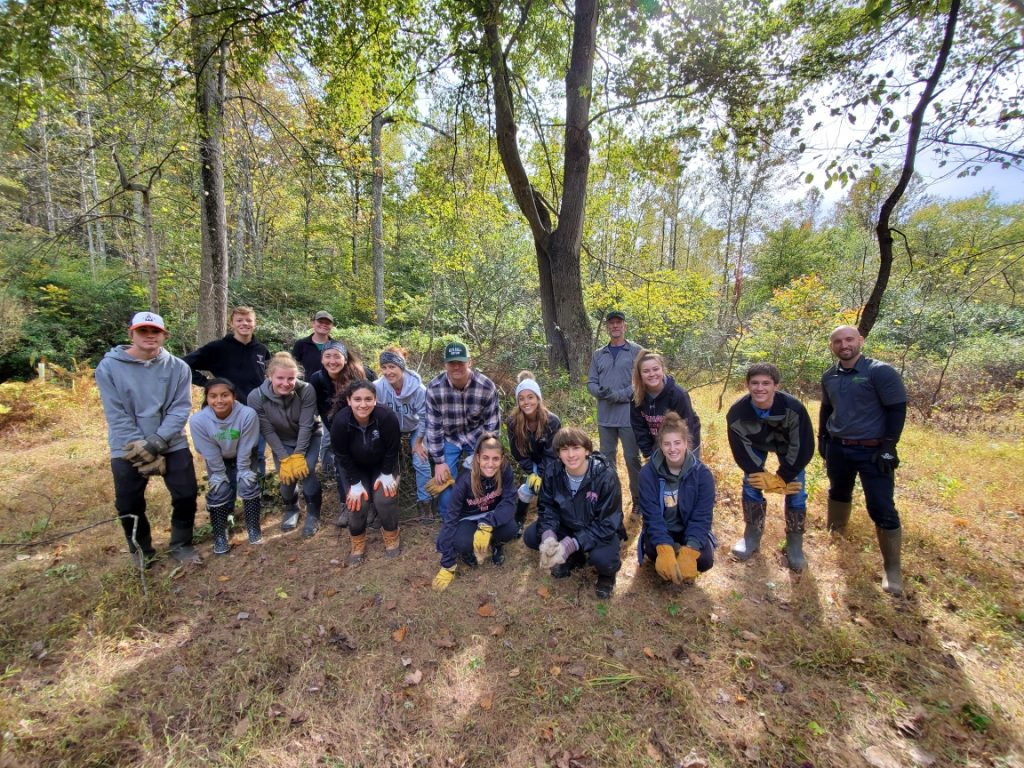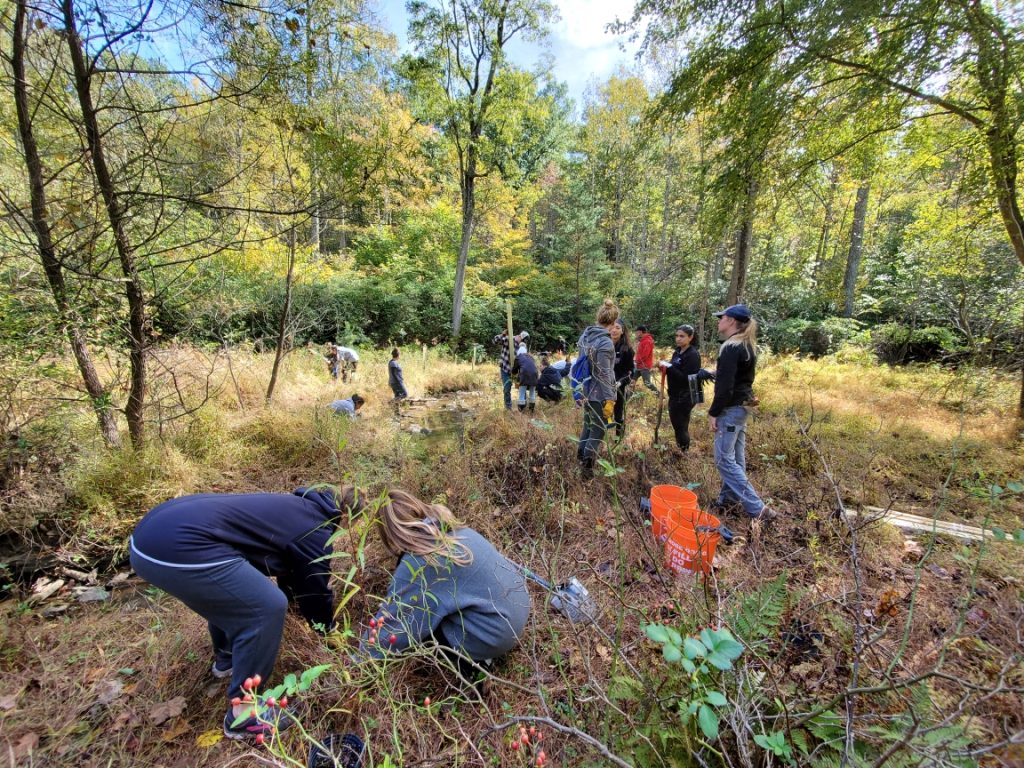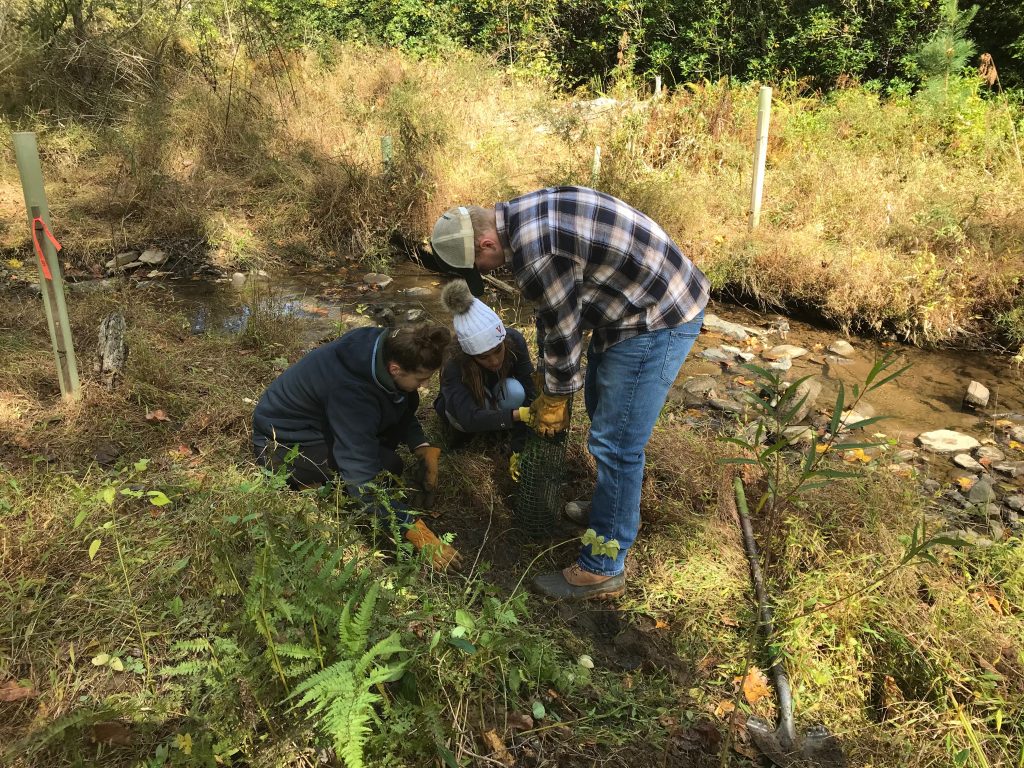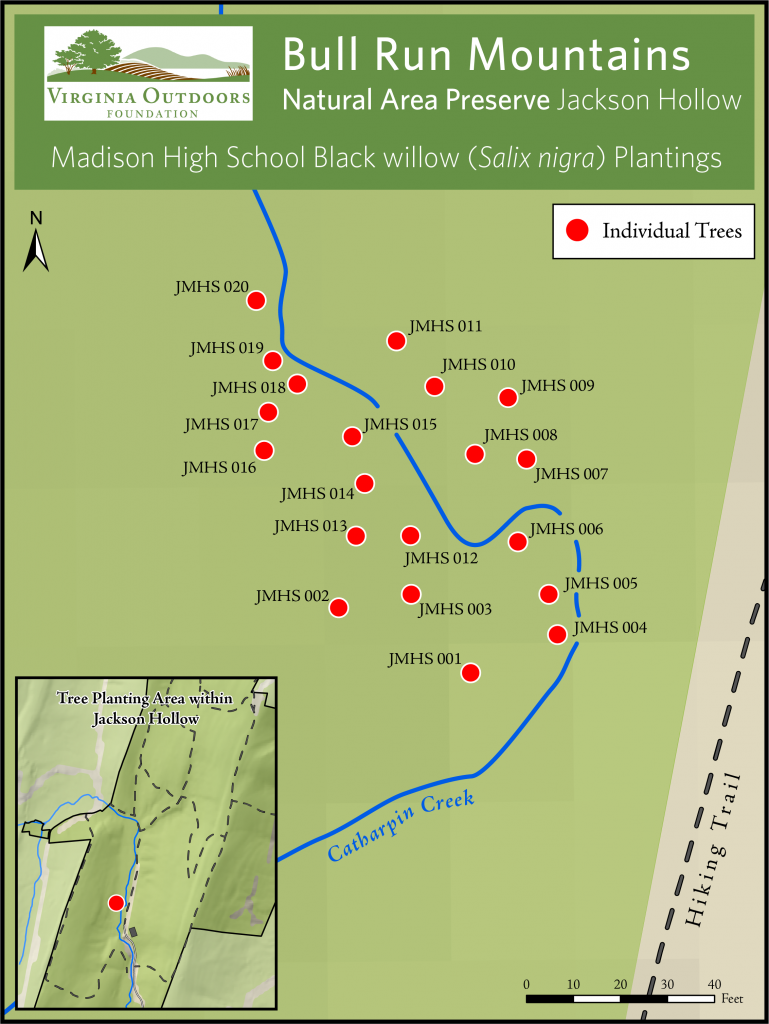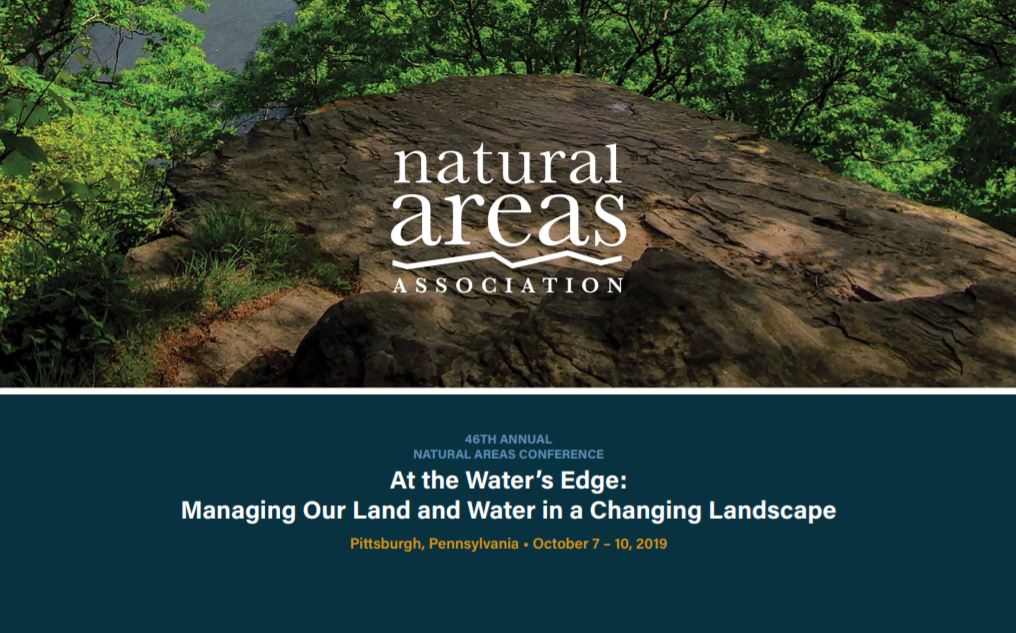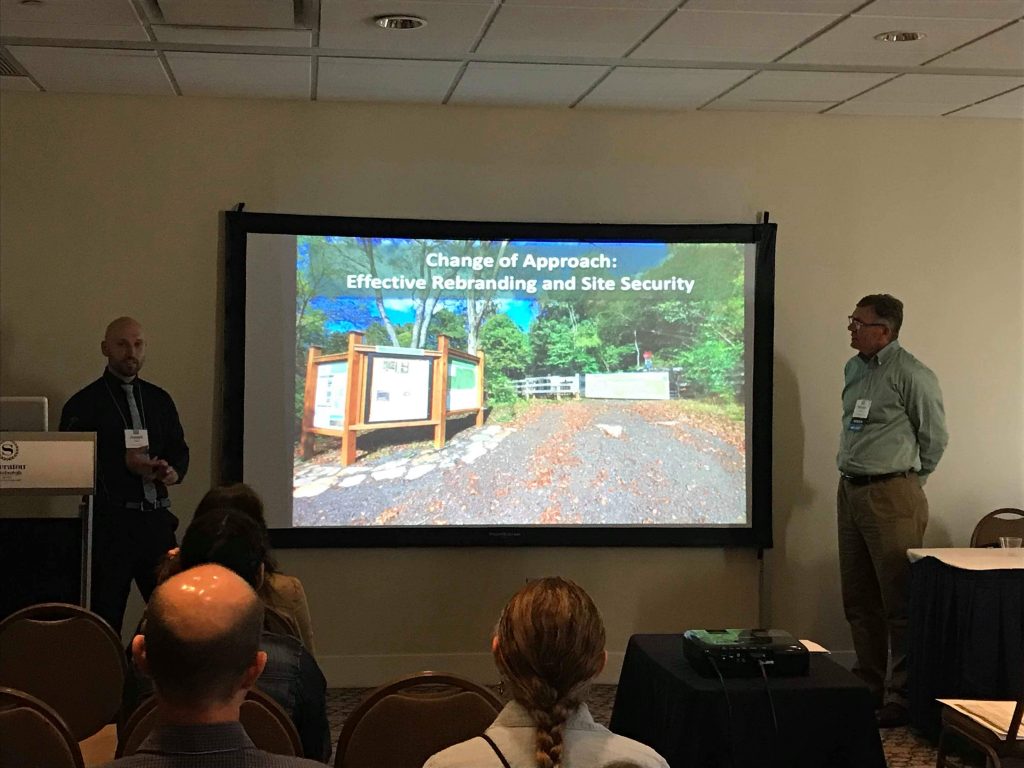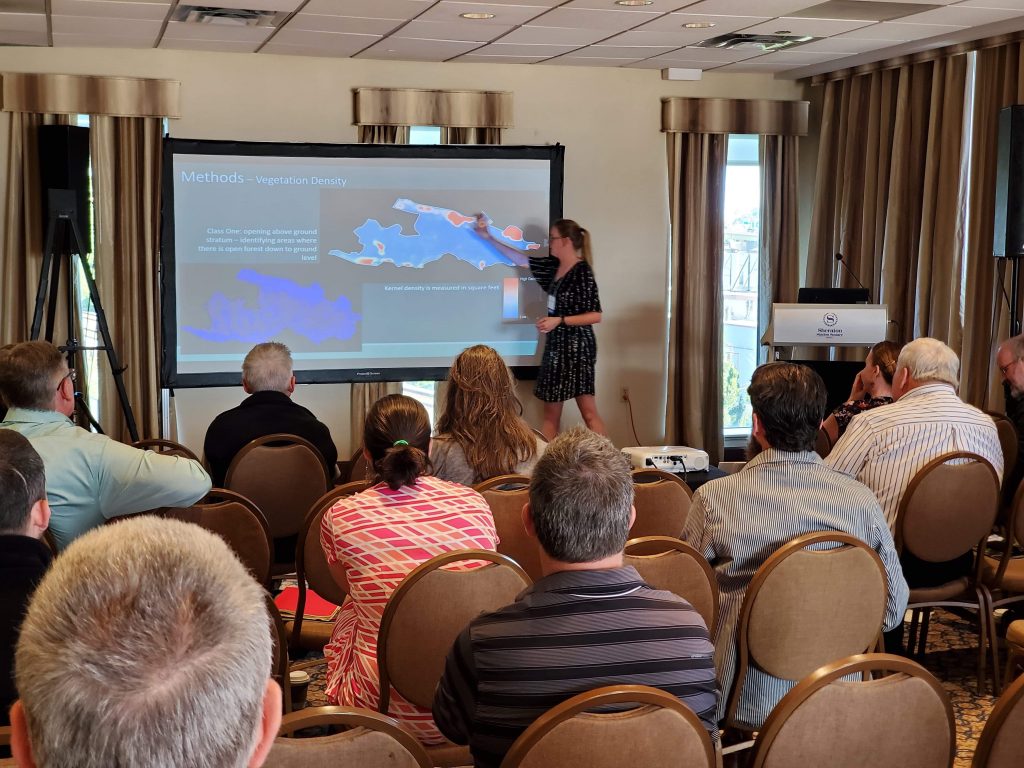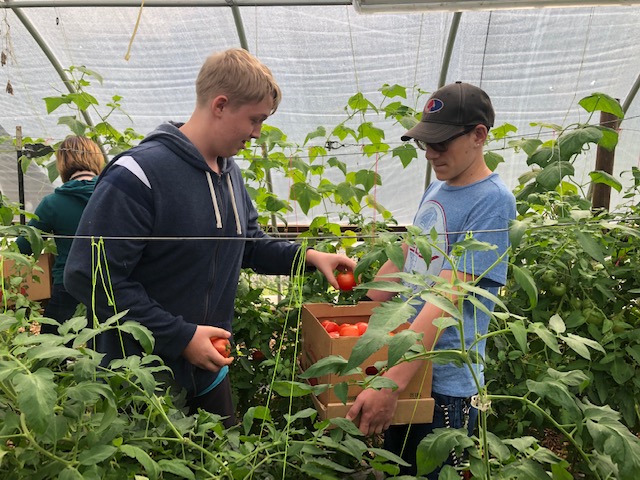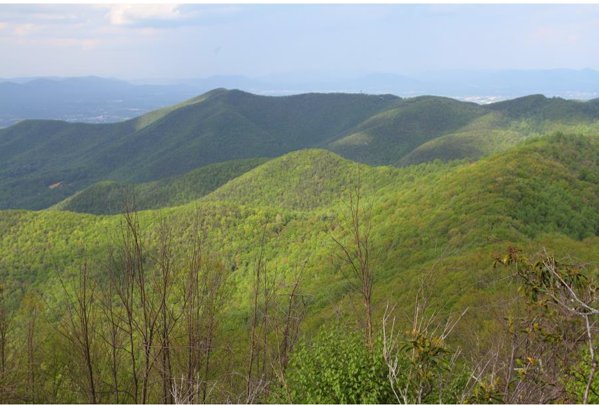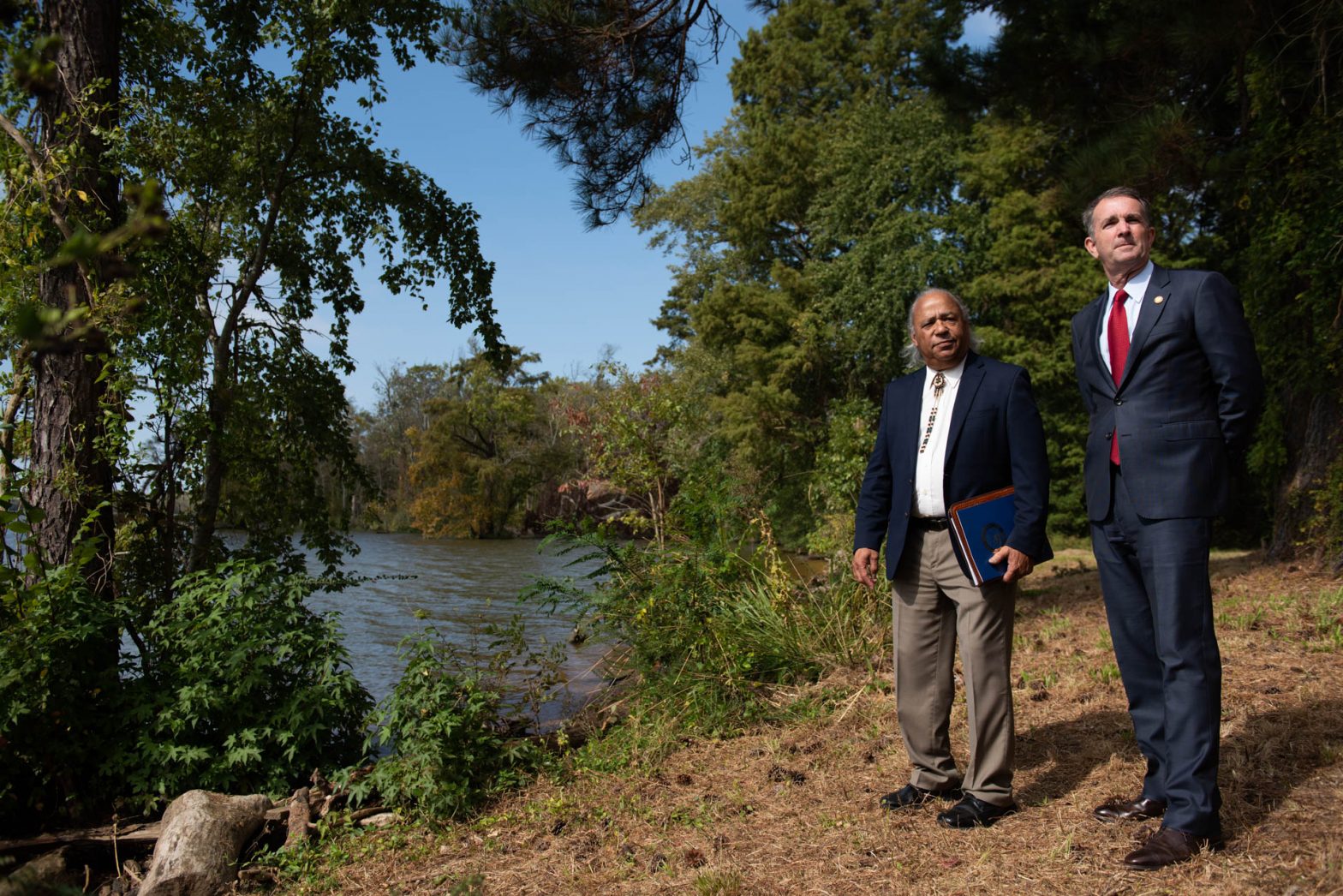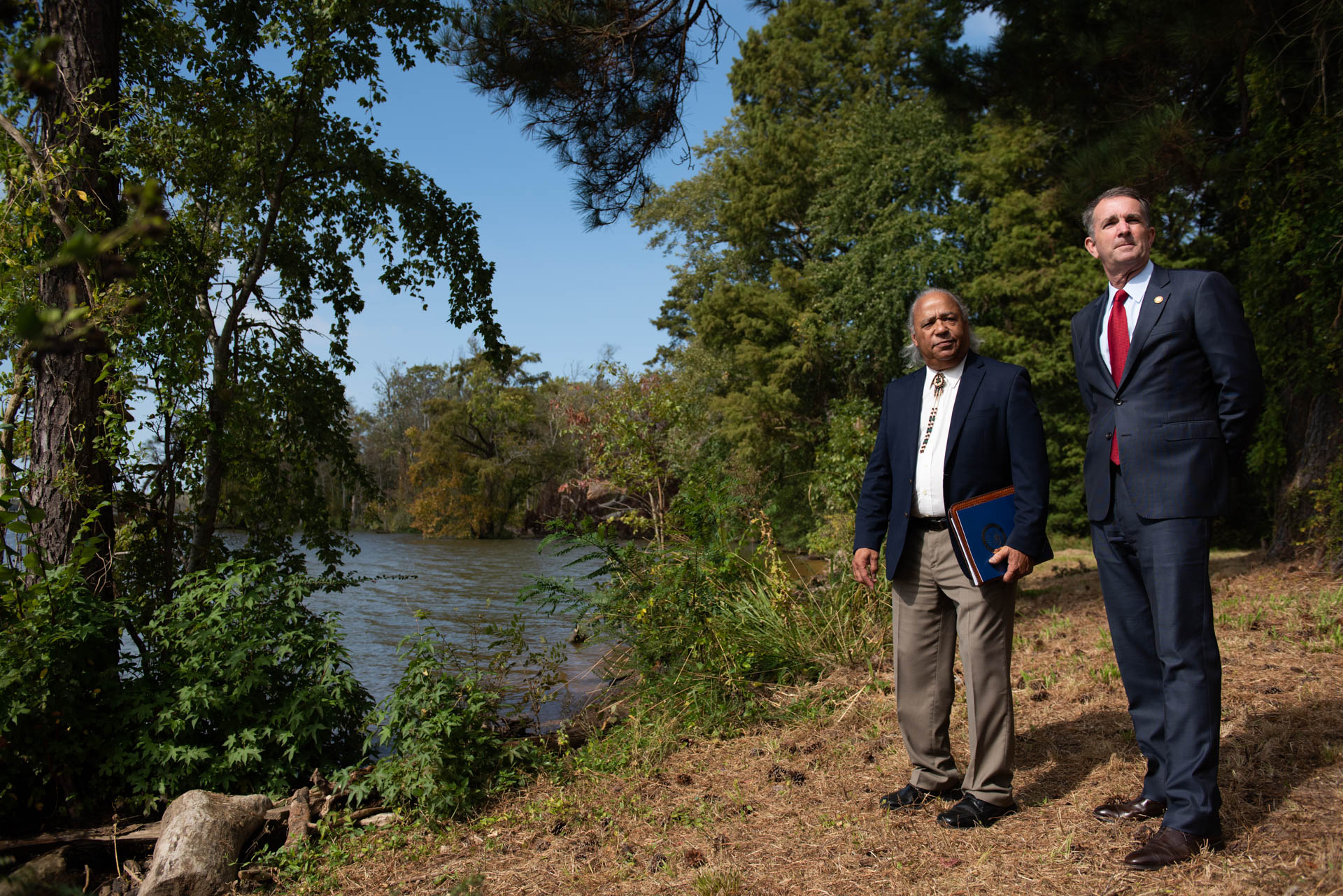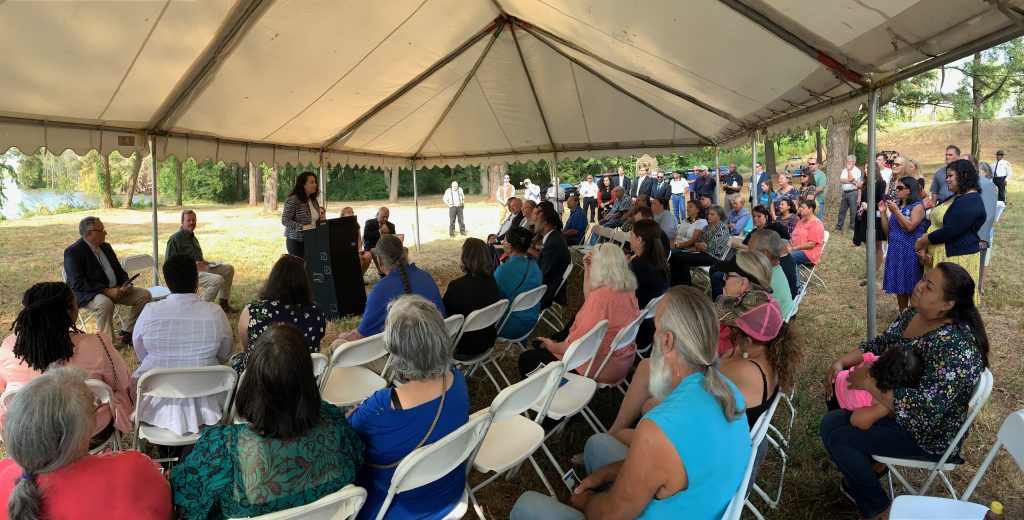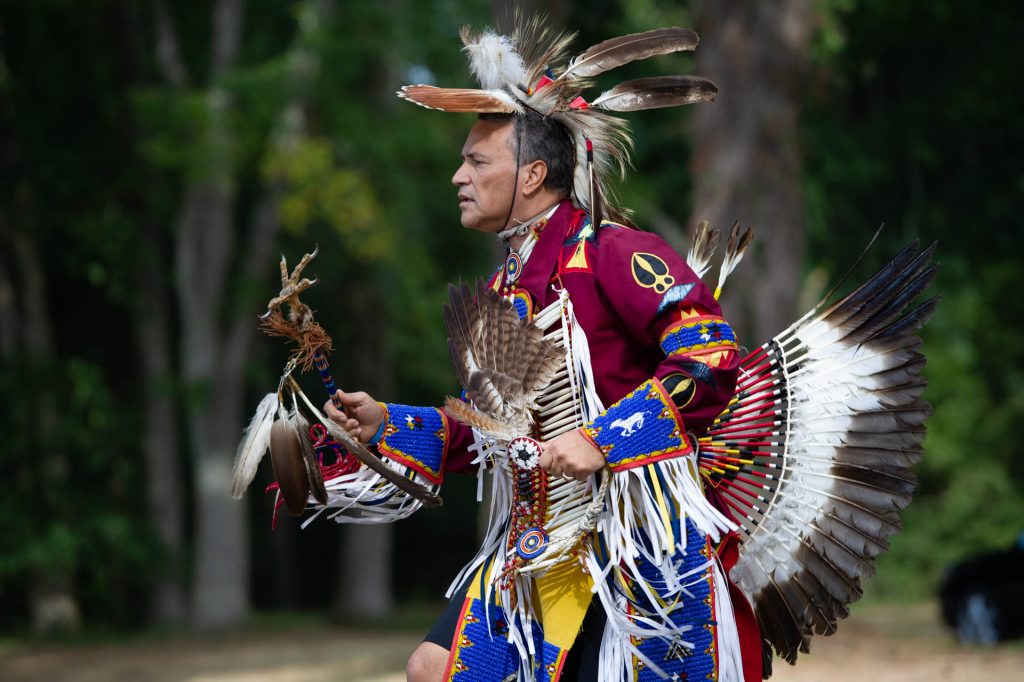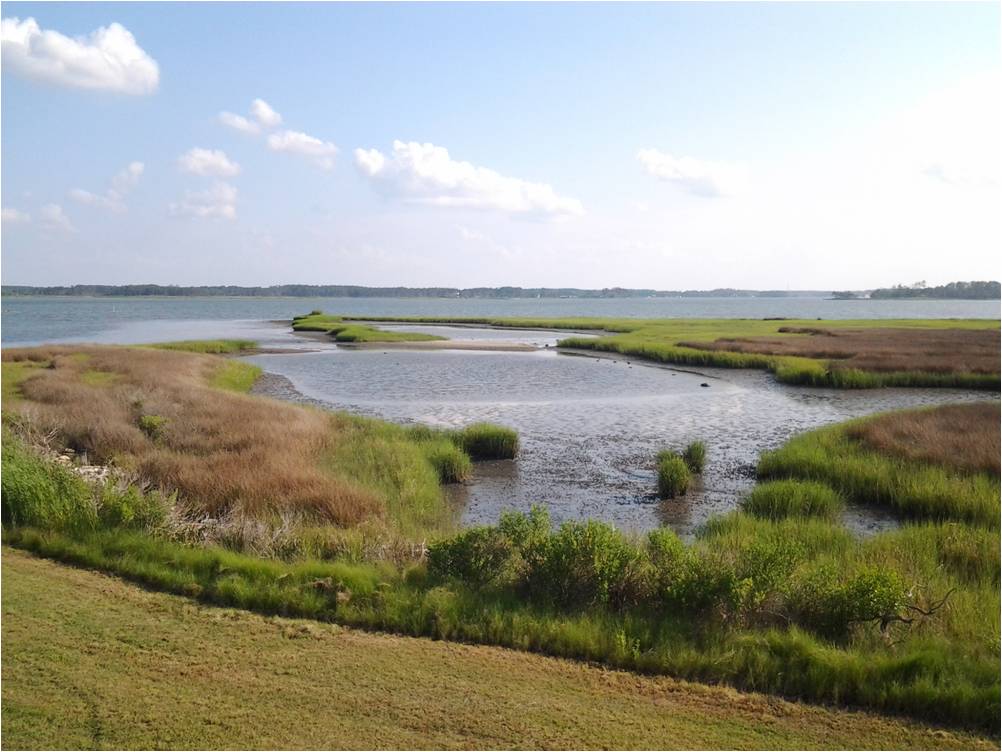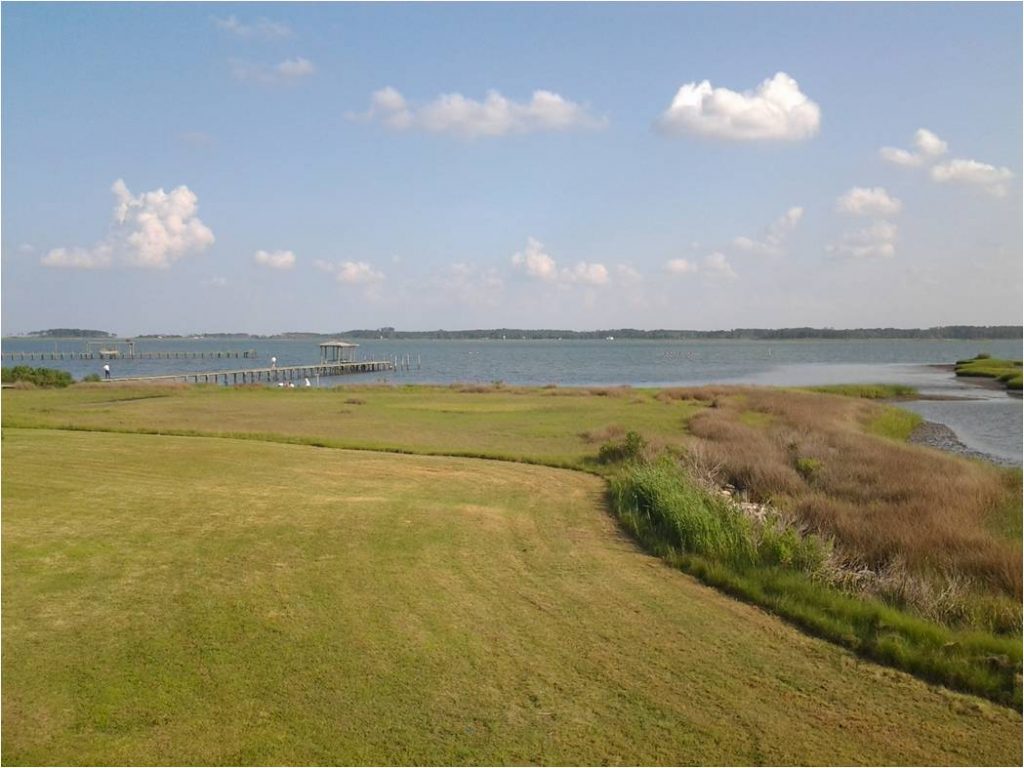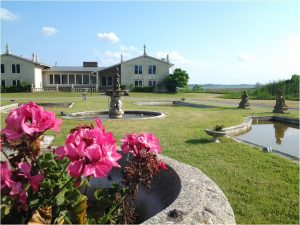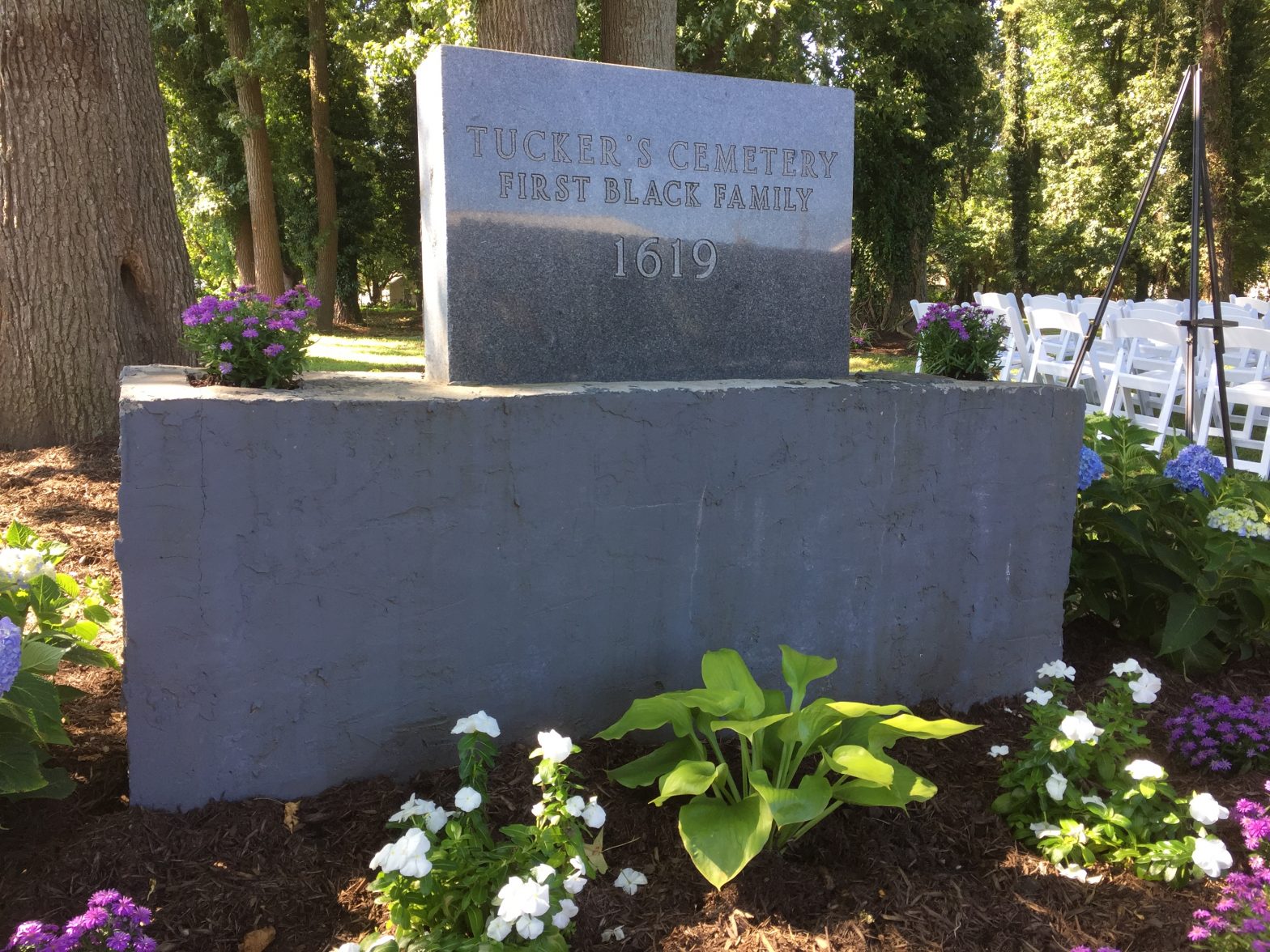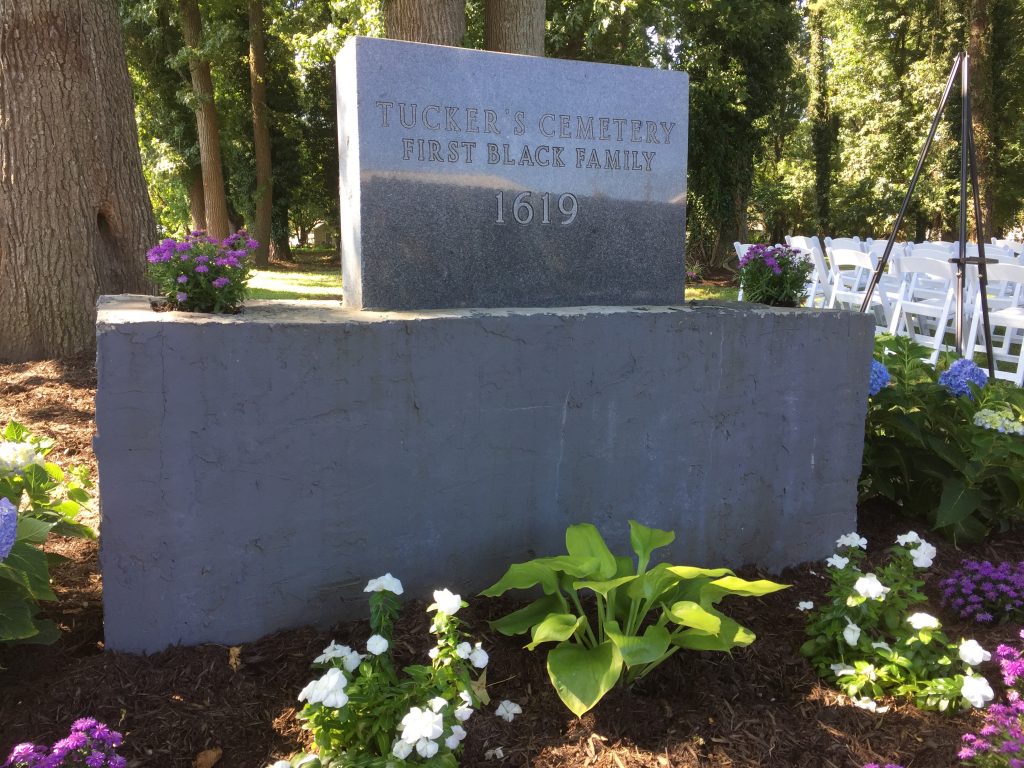Arlington Outdoor Lab, Fauquier County
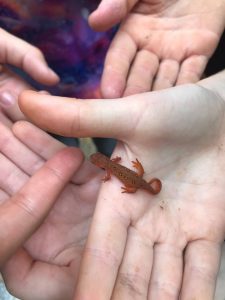
Earlier this year, the future of the Arlington Outdoor Lab looked grim. The 225-acre outdoor education center serving Arlington Public Schools (APS) was about to be shut down because of proposed budget cuts.
For the first time in decades, money for teachers’ salaries, buses, and development of the outdoor STEM curriculum was not included in the APS draft budget.
Public outcry was immediate. County parents, students, and teachers made their voices heard through social media campaigns and letters to the school board. Former and current students crowded school board meetings, where many testified to the importance of the Lab to the innovative, hands-on STEM education that makes an APS education unique.
The public won. The district restored Lab funding for the coming fiscal year.
The Arlington community’s efforts to save the Lab are no surprise, since it had already rallied together to bring the Lab into existence in the first place.
It all started in the 1960s with Phoebe Hall Knipling, the science supervisor of Arlington Public Schools. Ahead of her time, Knipling championed hands-on science learning and wanted to develop a curriculum in which teachers took their science classes outside. But Arlington’s expanding residential development had made such a curriculum logistically impossible, as least within the county.
In 1967 Knipling heard of a 225-acre tract in Fauquier County whose owner needed to sell and was determined to see the land preserved in its natural state. Teaming up with local parents and teachers, Knipling created the Arlington Outdoor Education Association (AOEA), which raised money toward the purchase. To ensure protection of the property’s natural values, the AOEA donated an easement to the Virginia Outdoors Foundation in 1979 on 194 of its 225 acres, then purchased and added another 5 acres to the conserved tract in 1982.
Today, the Lab is an integral part of Arlington Public School’s STEM curriculum, hosting more than 10,000 elementary, middle and high school students every year. Students boat, fish, hike and camp while learning about nature first hand.
“I don’t know of any other school system that has these resources,” says Michele Karnbach, director of the Lab. “We’re in a valley between two small mountains, and a stream runs through it. We have a pristine pond, and amazing rock outcrops and overlooks.”
The repeated visits mean students form a connection to the property, and the longevity of the program means that parents who camped at the Lab in elementary school experience it again through their own children’s eyes. “We even have the grandchildren of former students out here now,” Karnbach says.
Connecting young people with natural spaces is also a way to raise future conservationists, she states. “Our goal is to give them that connection so that they then understand the value of the natural world. What they value, they then go on to protect. “
The funding crisis is a case in point: Arlington County parents and community members, the same ones who visited the Lab repeatedly during their own grade school careers, have become the site’s biggest advocates.
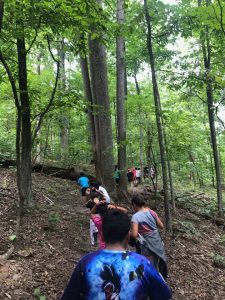
Immediate crisis averted, the AEOA is now looking forward, Karnbach states. “Our first goal is to increase capacity. We want to accommodate larger overnights and we want to have more kids during the day.”
As Arlington County continues to grow, making sure every district student has an opportunity to forge that connection with the land is more urgent than ever.
“We want to give every kid a sense of stewardship of this place,” Karnbach states. “That’s the way we ensure it doesn’t disappear.”
For information about the Lab’s grade school curriculum, Lab open houses for the community, and how to support the Lab in the future, go to the Arlington Outdoor Lab website.
